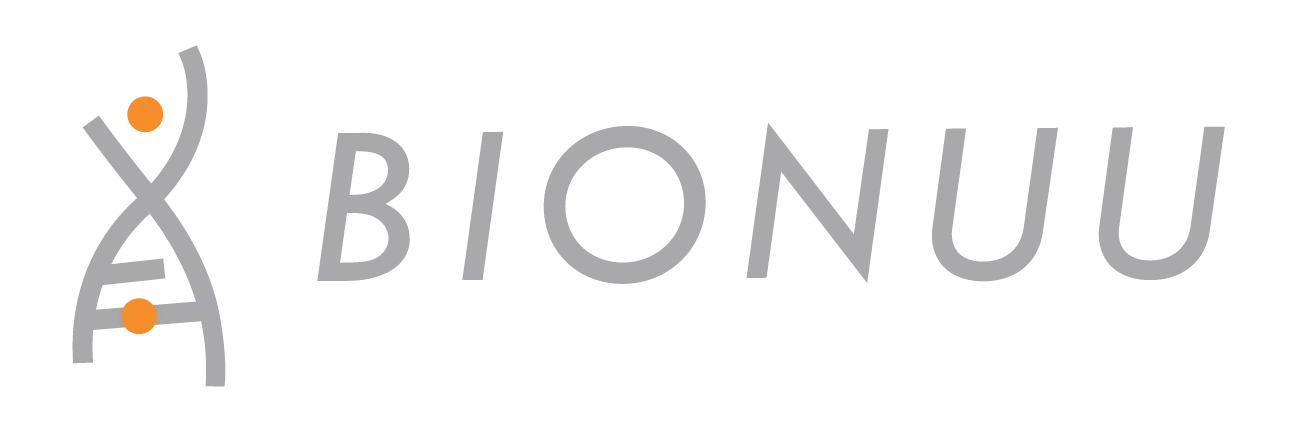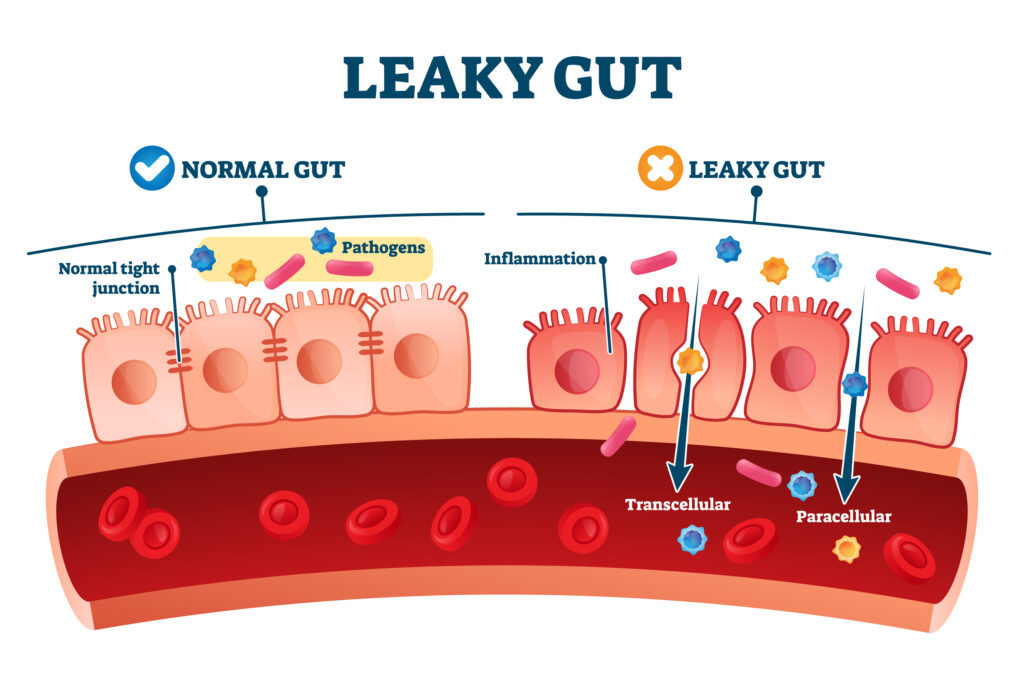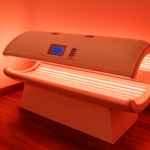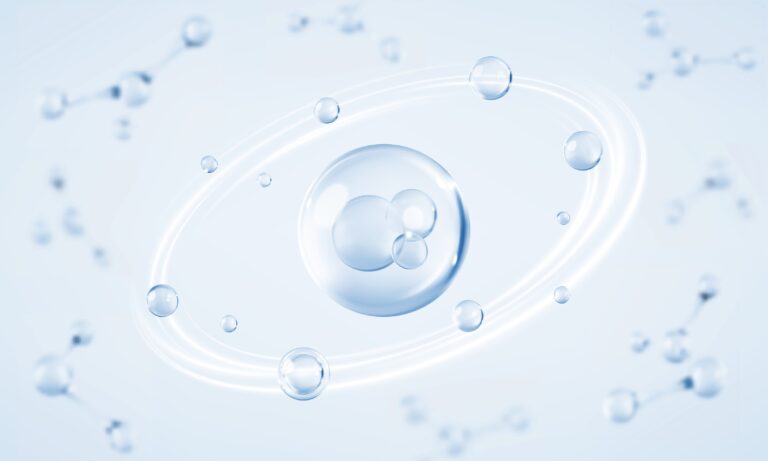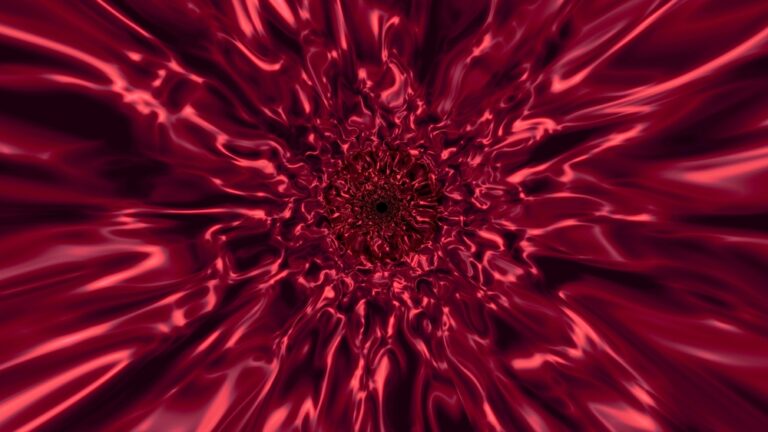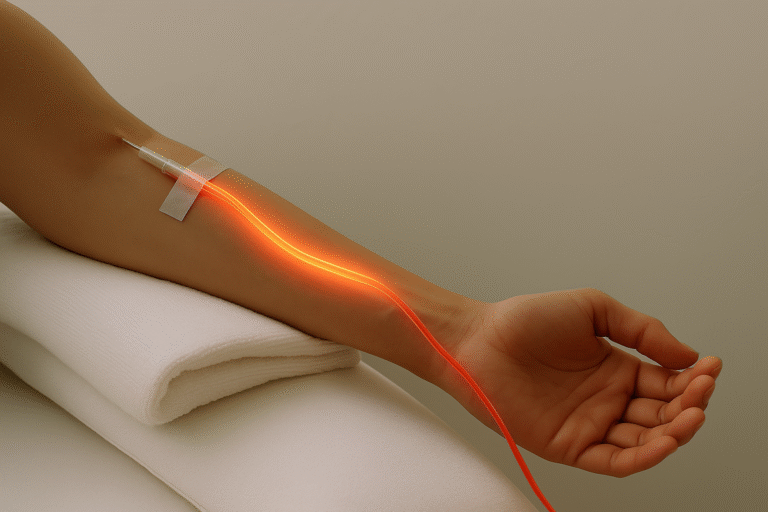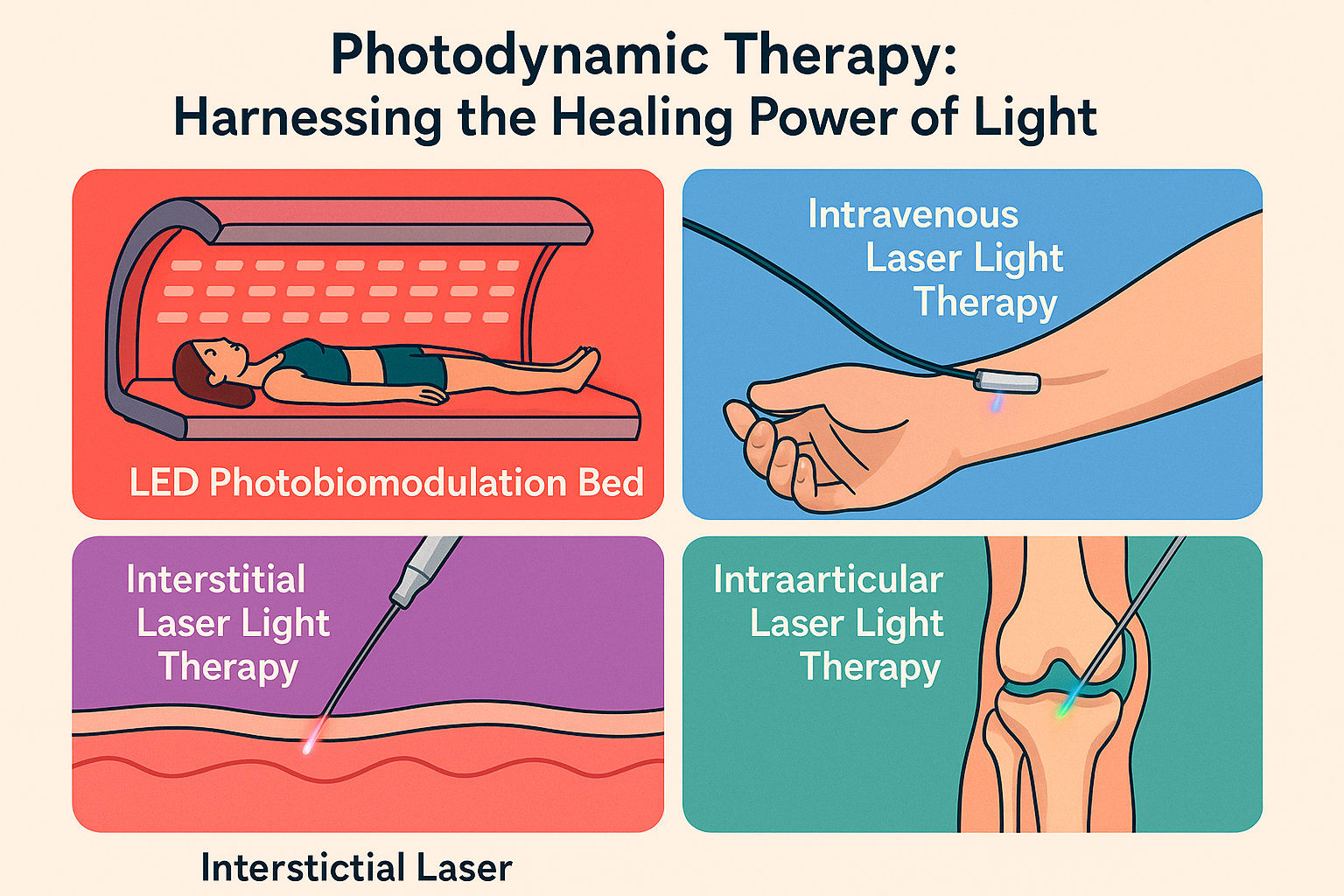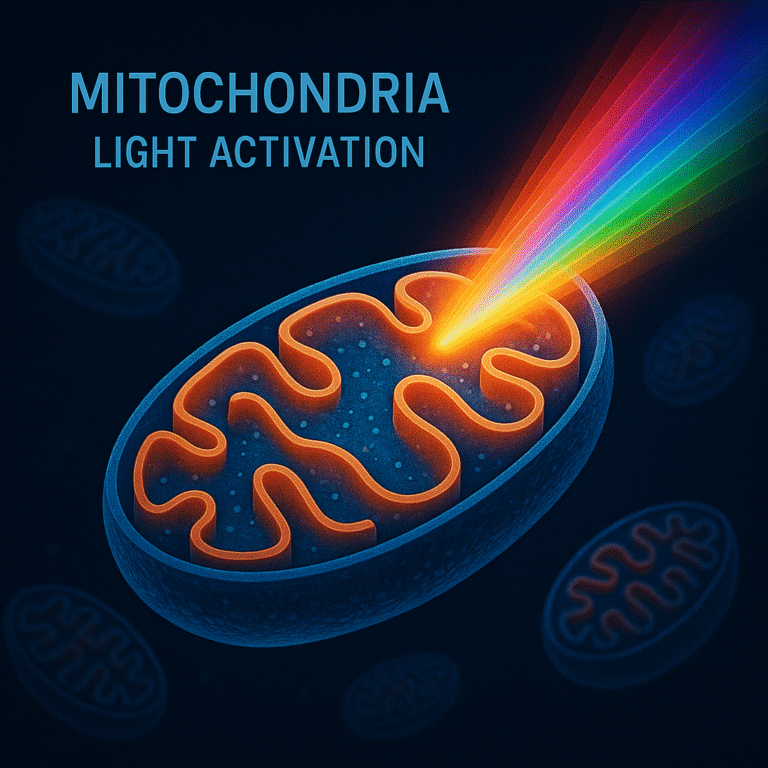Leaky gut allows toxins and undigested food into the bloodstream, triggering inflammation. Butyrate, made by gut bacteria from fiber, helps heal the gut—supporting digestion, immunity, and overall health.
What is “leaky gut”? To put it simply, when the joints between of the bowel lining cells are too large there is an “invasion” into the blood by molecules who should not otherwise be able to get there. Some of these are partially digested food, toxins and bugs, This is thought to cause a lot of local and systemic issues, a lot of them chronic, inflammatory and autoimmune. Some of these are: celiac disease, Crohn’s disease, and irritable bowel syndrome, autoimmune diseases (lupus, type 1 diabetes, multiple sclerosis), chronic fatigue syndrome, fibromyalgia, arthritis, allergies, asthma, acne, obesity, and even mental illness.
So, where is Butyrate coming from? Although some foods, like butter, have a high content of butyrate, the best way to enhance your butyrate concentration and therefore its benefits is by maintaining a healthy gut, a healthy microbiome which will break down dietary fiber to produce this highly beneficial short-chain fatty acid. Instead of using foods high in butyrate, which might in fact not make it past your stomach and into the the bowels, you need to eat foods that feed the intestinal bacteria.
How does butyrate help?
Anti-inflammatory effect in the gut: it maintains a low inflammatory state at the surface of the bowel to prepare for constant immunological challenges. If the immunological control is disrupted, the intestinal cells might suffer from inflammatory and oxidative damages and even cause cancer.
Helps leaky gut by tightening the junctions
One of the major benefits of butyrate for the gut is that it is the main source of fuel for the cells lining the colon; with out it, the cells undergo self digestion
Maintains brain health
Fatty acids like butyrate help keep a more acidic environment in the intestines which keep yeast and pathogenic bacteria under control.
Protects intestine cells from abnormal growth and cancer
Foods that feed the bacteria and help produce butyrate are called Prebiotic foods and are are rich in dietary fibers. So what you’re looking for are fruit, vegetables, whole grains, and pulses. Your body can’t easily. digest these fibers, so they travel to your gut where they feed the good bacteria that make butyrate.
Also, almonds, chickpeas, maize, apple, garlic, oat and wheat bran, soy, kiwi fruit, barley.
Taking a good quality supplement can help while you transition to healthy diet with significant amount of fruit and vegetable. We recommend Xymogen ButyrEn.
A low-carb, high-fat (or high-protein) diet can lower butyrate production because it deprives gut bacteria of their favorite food source: prebiotic dietary fibers. That’s right, fiber is a carb and it’s good for you!
